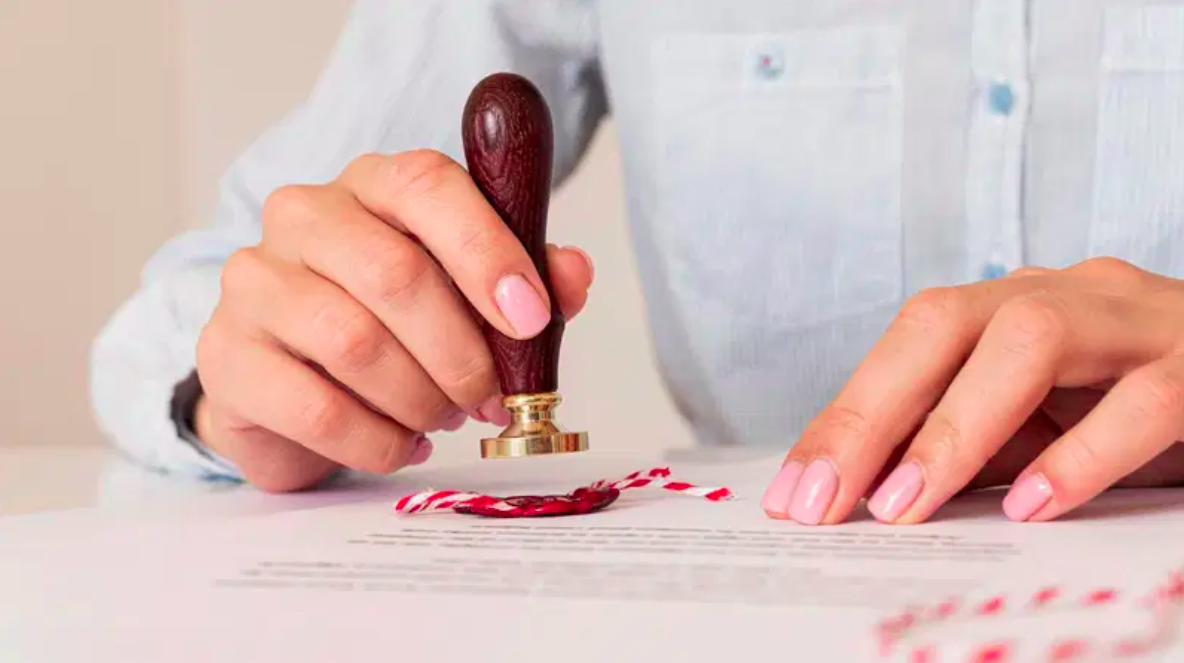Until I turned six, almost every photo of me had something strange in common—my face was always scratched out. Lines across my smile, marks over my eyes. Whenever I asked my parents about it, they’d laugh and say, “Printers weren’t that good back then.” I believed them. Why wouldn’t I?
That belief lasted until last weekend.
I was visiting my Aunt Margaret—my dad’s younger sister—at her cozy home, the same one they grew up in. We were sitting in her living room with chamomile tea when she mentioned she had an old photo album to show me.
“You were such a sweet little thing,” she said with a warm smile. “Always laughing, even when things were… difficult.”
She returned with a thick leather-bound album, worn with age. As she opened it, I caught that familiar scent of old paper and memories. The first few pages were normal—family barbecues, Christmas mornings, cousins being silly.
Then I saw a photo of me. I was about four, smiling wide.
And just like I remembered, my face was scratched.
But this time, it wasn’t a cheap reprint. This was the original. The scratches weren’t a printing glitch—they were done by hand. Etched deep into the photo with something sharp.
I flipped to the next one—same thing. Over and over, photos of me under six years old had been deliberately vandalized. Some were even worse than I remembered.
“Who did this?” I asked, my voice barely above a whisper.
Aunt Margaret’s smile vanished. She looked at the photos, and her face changed.
“I thought these were all destroyed,” she said quietly.
I asked what she meant. At first, she hesitated. Then she told me the truth.
“When you were born, your parents were struggling—emotionally more than anything,” she began. “Your mom went through something serious. Postpartum depression, but… deeper. She started believing strange things. That you weren’t really her child. That someone had replaced you.”
She paused, watching my reaction.
“She started scratching your face out of photos. She said it was the only way to protect herself. That the ‘other one’ couldn’t find her if the pictures were marked.”
I sat in silence, heart pounding.
“She never hurt you,” Aunt Margaret said quickly. “But it was a very dark time. She was hospitalized when you were six—that’s when the scratching stopped. Your dad told you she went on a long vacation to rest. But really, she was getting help.”
I looked down at one of the photos again. A happy, smiling child, completely unaware of what was going on.
“Why didn’t Dad get rid of these?” I asked.
“He tried,” she said. “But I kept some. Maybe because they reminded me how close we came to losing both of you.”
We sat quietly after that. I kept flipping through the album, photo after photo of a little boy whose mother had seen something else—someone else—in him.
“She did love you,” Aunt Margaret added softly. “Even at her worst. She just couldn’t always see what was real.”
That night, I called my dad. I didn’t confront him—just said, “I found some old photos at Aunt Margaret’s.”
There was a pause, then a quiet sigh.
“So… you know now,” he said. “We just wanted to protect you. She didn’t mean to scare you.”
“I understand,” I told him. And strangely, I did.
The next morning, I went to my attic and found an old box labeled Childhood – Photos. Inside were perfect copies of those same pictures—no scratches, no marks. Just a little boy, smiling back at the camera.
But now I knew the truth.
I placed Aunt Margaret’s album beside my own. One full of clean, happy memories. The other, raw and scarred.
I kept both.
Because both are part of the truth.
And sometimes, the most powerful stories aren’t just in the photos we save—but in the ones we tried to forget.

Sophia Reynolds is a dedicated journalist and a key contributor to Storyoftheday24.com. With a passion for uncovering compelling stories, Sophia Reynolds delivers insightful, well-researched news across various categories. Known for breaking down complex topics into engaging and accessible content, Sophia Reynolds has built a reputation for accuracy and reliability. With years of experience in the media industry, Sophia Reynolds remains committed to providing readers with timely and trustworthy news, making them a respected voice in modern journalism.



